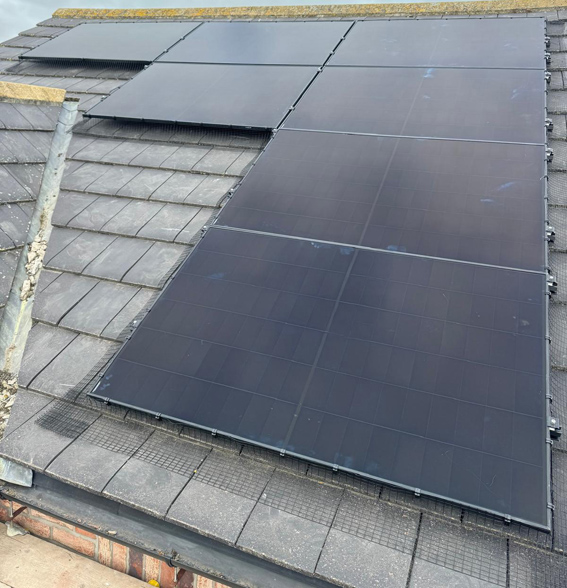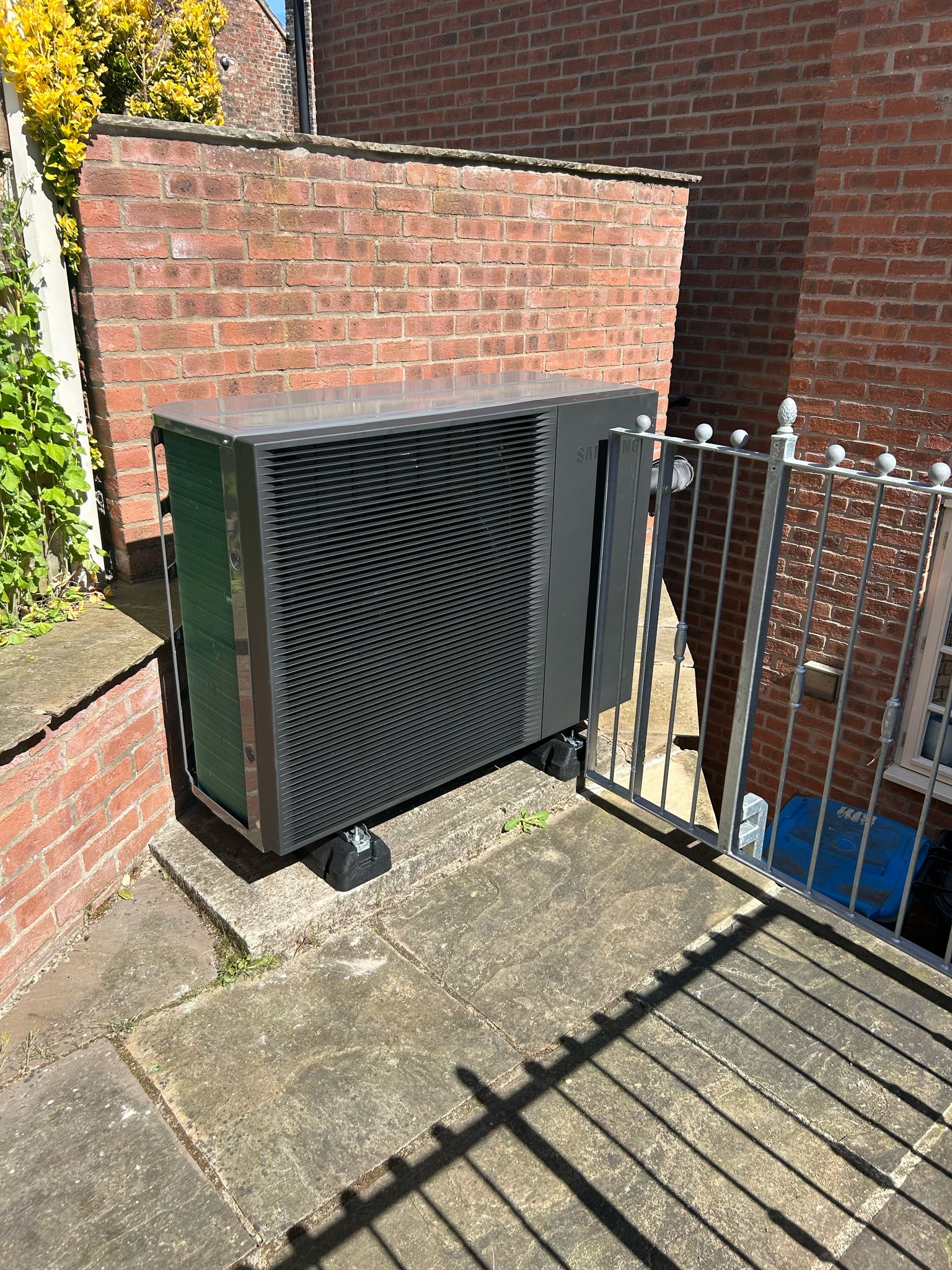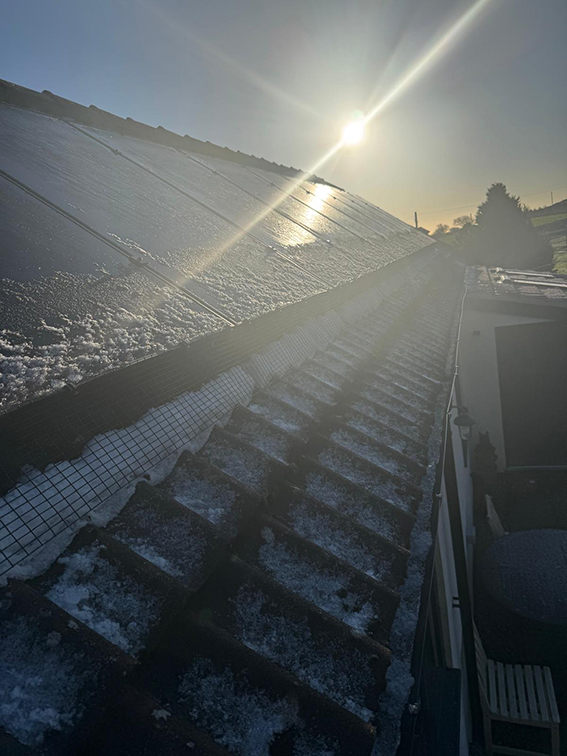
What Is the Smart Export Guarantee?
The Smart Export Guarantee, or SEG, is the way utility companies pay you for your excess energy.
It’s a legal obligation for energy suppliers to offer to buy back your excess energy, but there is no legislation on how much per kWh they have to pay you.
Consequently, different energy suppliers will offer different rates on each of their tariffs.
Understanding the Smart Export Guarantee (SEG) Scheme
SEGs came into effect on January 1st 2020 and are backed by the UK government.
As stated previously, the SEG scheme requires electricity suppliers, who are classed as SEG Licensees, to pay small-scale generators for any low-carbon electricity they export back to the National Grid.
The criteria for being eligible for an SEG is having one of the following installations capable of generating 5MW:
· solar photovoltaic (solar PV)
· wind
· micro combined heat and power (micro-CHP) up to 50kW
· hydro
· anaerobic digestion (AD)
The installation itself must be located in mainland Great Britain and be suitably accredited.
How does the SEG scheme work?
The energy supplier, that’s the SEG Licensees, will set their own rate for an for any energy they wish to buy from your export.
The energy supplier is in charge of all the terms and conditions, and these will vary from supplier to supplier.
That said, they have to pay you something, so they can’t set a rate of zero.
The supplier will calculate the amount they are paying for using data from your smart meter.
You should always shop around for the best deal you can get – and if you visit the Ofgem website, you’ll find a comprehensive list of everyone offering SEGs.
How the Smart Export Guarantee Replaced the Feed-in Tariff
The SEG scheme is often confused with the FiT scheme.
This is because the Fit was replaced by SEGs in 2020.
The FiT scheme was introduced in 2010 to encourage residential homeowners to make the switch to solar energy.
So far, so good.
However, the government at the time legislated that energy companies had to pay you for half of the electricity you produced – whether they wanted it or no.
The original price was set at 46.81p for every kWh generated, and 3.3p per kWh for energy exported to the grid – and contracts lasted 20 to 25 years.
Which, while great for the person generating energy using solar, but ultimately killed the scheme as it cost the energy companies a fortune.
Once the companies were given permission to set their own rates, the price dropped by 90% and the financial incentive to install solar all but vanished.
Until 2020 when the SEG scheme was introduced.
Many FiTs are still active, and some companies are actively pursuing them by ‘renting’ people’s roofs and taking over the FiT.
Who Is Eligible for the Smart Export Guarantee?
Anyone with a renewable energy generation system that produces less than 5 MW.
That said, the vast majority of energy suppliers will only expect exports from your system if:
· You have the correct DNO
· The installation is MCS, or equivalent, certified
· Smart Meter
DNO
A DNO certificate is issued by the grid provider in your area.
Not to be confused with the energy supplier, the grid operator is responsible for the bare bones of the energy network – maintaining cables, looking after infrastructure and ensuring the whole system is supplied with enough energy.
When you have a generation unit (solar energy system to us), you must obtain permission from the grid operator to feed your electricity into the system – that’s what the DNO certificate signifies.
You will need a G98 DNO if your system is smaller than 5 kW, and a G99 DNO if it’s over 5 kW.
MCS
MCS stands for the Microgeneration Certification Scheme and it’s the only government backed ‘regulator’ for renewables.
MCS ensure that any products they certify are of the highest quality, safe to use and value for money.
They do the same for installers.
You will need an MCS certificate for your installation of you want to join an SEG scheme.
Octopus will accept you if you have an equivalent certification, but that is a hard thing to come by.
Smart Meter
Chances are you may already have one of these but if you don’t, they are easily obtainable for your energy supplier.
A smart meter keeps track of all the electricity use in your home, as well as recording everything that your export.
How Are SEG Payments Calculated?
Your smart meter will keep a tally of your exports, and the energy supplier will pay you their going rate of the energy.
Some companies will merely knock the money off your bill, and some will pay you directly every quarter.
Always keep an eye on your bills to ensure you’re being paid correctly.
Benefits of Joining the Smart Export Guarantee
Money!
Well, it’s not just that, but knocking even more money of your monthly energy bills is certainly a motivating factor.
There’s also the fact that if you don’t have an SEG you’ll be ‘wasting’ any excess energy – the electricity will still go to the grid; you just won’t get paid for it.
How to Apply for the SEG Scheme
Do some research as to which SEG would be best for you.
There are many different offers out and there will be one that suits your energy use perfectly.
Do you have a EV?
Or lots of battery storage?
Are you simply generating energy for use in the home and aren’t storing it?
Do you work from home?
All these factors are catered for with different types of SEGs.
Is an SEG Worth It in 2025?
The conclusion here must be ‘Yes, an SEG is certainly worth it in 2025’.
In fact, we can’t see an advantage in not having an SEG.
During the spring and summer months, most systems will generate way more energy that you can use in your home so you may as well earn a little extra cash from it.


